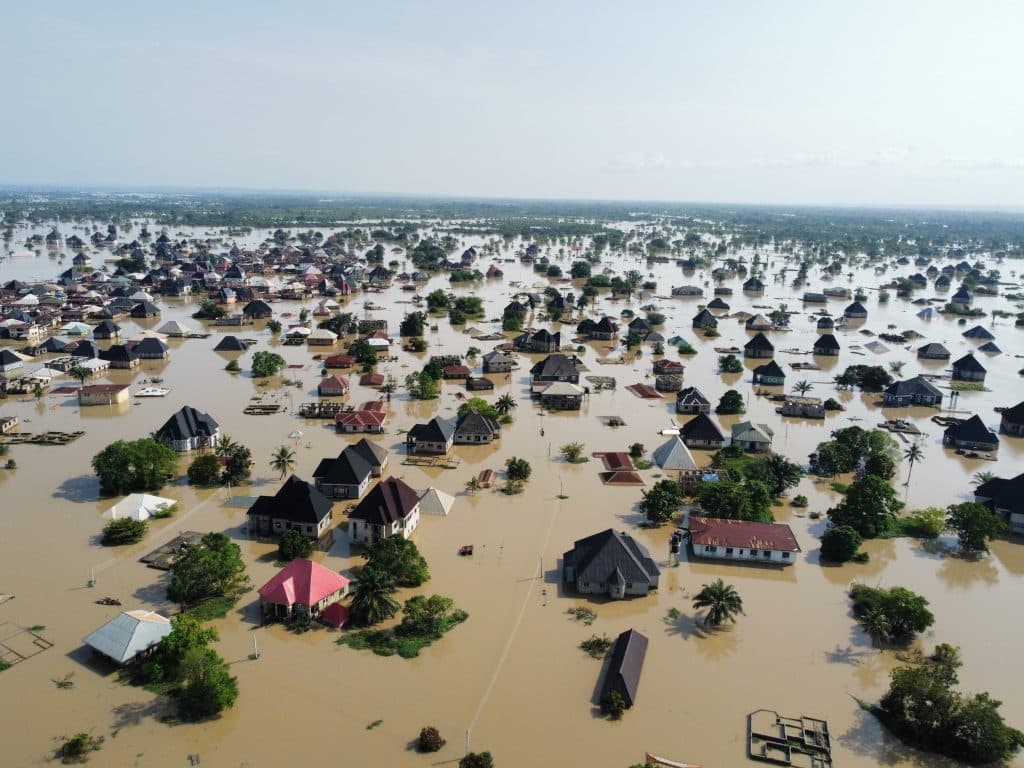The rainy season is in full swing in the Horn of Africa, with record rainfall recorded over the last three weeks. As a result, Ethiopia, Somalia and Kenya have been hit by spectacular flooding. To date, the toll has been mixed, but figures compiled by Save the Children put the death toll at 111. In Kenya, the capital Nairobi and the northern counties have been hardest hit by the torrential rains.
According to the British non-governmental organisation (NGO), 36,000 Kenyans have already been forced to move to the few areas spared by the waters. In the town of Garissa on the border with Somalia, the level of the river Tarna has risen by 3 metres. This is not helping matters, as roads are cut off and the watermelon fields that are essential for subsistence have also been destroyed.
In addition to this damage, houses and livestock have been swallowed up, as is the case in the eastern part of Ethiopia. For most of the environmental specialists who have appeared in the international media, these floods are partly due to global warming. Prolonged droughts disrupt the atmosphere and are linked to the El Niño meteorological phenomenon, which also amplifies the severity of the rains.
Read also-Flood risks: what response within the West African Economic and Monetary Union ?
There is also the obsolescence of drainage systems for rainwater, which is often blamed in scientific studies such as the report by the Intergovernmental Panel on Climate Change (GIEC). However, the question of how vulnerable countries, particularly those in the Horn of Africa, can adapt to these floods may well find a favourable outcome at the 28th United Nations Conference of the Parties on Climate Change (COP28), to be held from 30 November to 12 December 2023 in Dubai, United Arab Emirates (UAE).
Benoit-Ivan Wansi
